When we think of the true masters of horror, names like John Carpenter, George Romero, Tobe Hooper, Wes Craven, Dario Argento, and a host of other legends spring to mind. All of those directors have earned their status as the best of the best, but what about the filmmakers who are killing it right now? Who will be joining the masters of yesteryear at the table someday?
That said, what makes a director the best? What’s the criteria for greatness? That’s obviously subjective. When we debated this subject prior to voting, we discovered that we all shared some opinions but had our own ideas as well. For me, a director who makes good movies consistently scores points. Meanwhile, some of my colleagues believe that having at least one modern classic under the belt was essential. Therefore, we decided to let everyone make their own cases for the filmmakers they think deserve to be regarded as the contemporary elite.
Furthermore, we also agreed that to qualify as a 21st century horror director, their career helming scare fare must have started post-2000. Additionally, we decided that in order to qualify as a horror director, they had to have at least two horror films in their filmography. Some directors have made one great movie and moved on. We didn’t include them as we don’t think of them as horror directors.
Now read on as Meg Shields, Rob Hunter, Brad Gullickson, Chris Coffel, Jacob Trussell, and myself share with you, the 10 best horror directors this century has produced.
![]()
10. Pascal Laugier
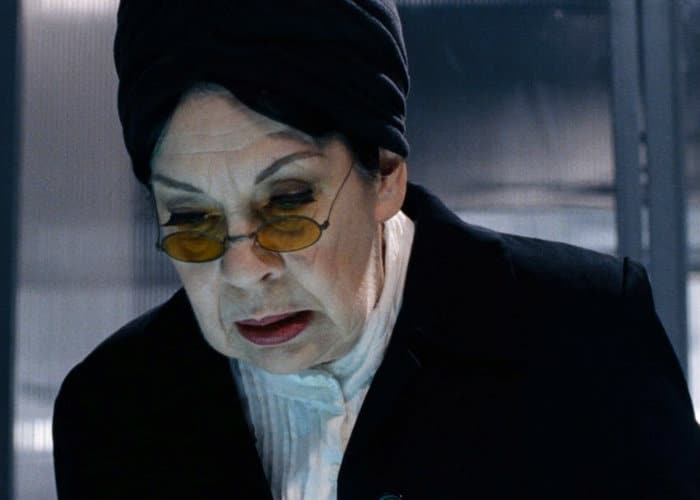
Some directors churn out a movie a year, while others are content with a bit more time between projects. Pascal Laugier belongs in the latter group, but it’s hard to wish he’d rush seeing as he already has two modern classics to his name. Martyrs is a rare blend of the horrific and the utterly beautiful, and while it’s destined to be reviled and misunderstood for generations to come the film remains one of my absolute favorites as much for its philosophy as for its audacity. The Tall Man again tells a tale that shifts dramatically in the telling from traditionally thrilling horror to something far more thought-provoking, and it’s another film that delivers on the visceral front while landing with a punch to the gut. Both films find terror in the physical and the mental, and the results can knock you on your ass if you’re paying attention to the dark. – Rob Hunter
9. Mike Flanagan
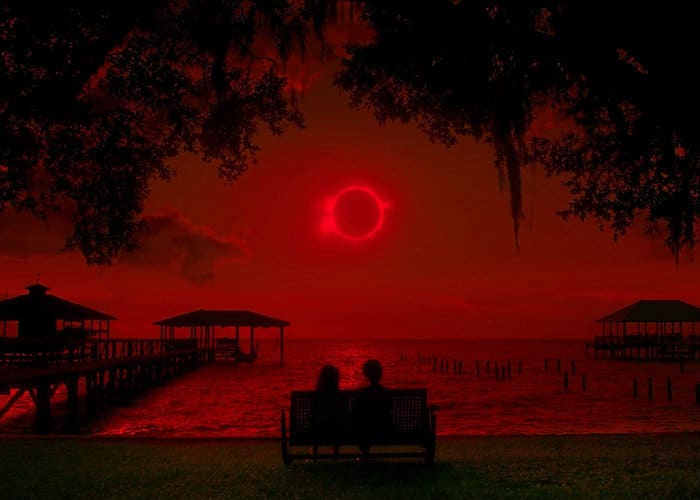
Absentia. Oculus. Ouija 2: Origin of Evil. Hush. Gerald’s Game. Every film virtuoso director Mike Flanagan touches turns to gold, with the exception of the fallen through the cracks Before I Wake, which in itself is arguably his finest, most mature film. Flanagan plays in sandboxes both new and old, pulling us into his horrific tales with deeply researched and striking creatures based on mythic lore, but keeping us there with his fascinating usage of imagery and his precision pacing. Flanagan feels like a connecting director, staying refreshingly imaginative while still using techniques and themes inspired by the masters before him. And I expect his next work coming this month, The Haunting of Hill House [our review], to be the perfect synthesis of those two sensibilities. – Jacob Trussell
8. Jaume Collet-Serra
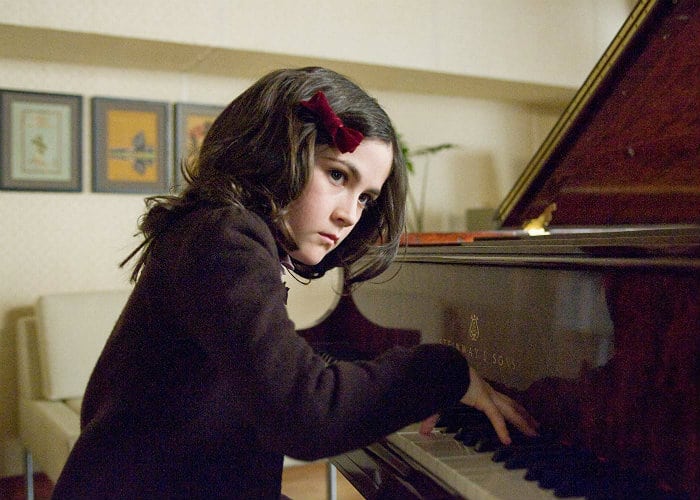
Jaume Collet-Serra likes to jump between the horror and action genres. That alone makes him a filmmaker who’s after my own dark heart. He’s also been successful in both areas and, as a result, his filmography is an impressive beast that speaks for itself. Whether helming Liam Neeson thrillers, or scare fare like The Shallows, Orphan, and the underrated House of Wax remake, he’s demonstrated a knack for well-crafted entertainment that any genre maverick would be proud of. Unlike other directors on this list, Serra has yet to make a bona fide modern classic. But when it comes to producing good work on a consistent basis he’s a machine. I have no doubt that he has some future masterpieces in him, but the run he’s currently on is more than enough to warrant his inclusion among the modern greats. – Kieran Fisher
7. Julien Maury & Alexandre Bustillo

This pair of sadists are behind one of the most horrifying movies of the 21st century. Their debut feature-length, Inside, is the cinematic equivalent of introducing yourself to someone by smashing them on the head with a hammer. The movie is unrelenting, brutal, and not for the faint-hearted. Their follow-ups — Livid, Among the Living, Leatherface — didn’t quite land with the same impact as their introductory exercise in terror, but that doesn’t negate their quality by any means. Livid and Among the Living are gems. Leatherface, on the other hand, isn’t their finest moment, but it’s still passable schlock. For a non-Tobe Hooper Texas Chainsaw Massacre movie that’s a win if you ask me. That said, with a certified classic to their name and a body of work that’s impressive overall, you better believe these sickos are the real deal. If their current oeuvre tells us anything it’s that they’re premier league scare merchants when it comes to quality original horror. – Kieran Fisher
6. Karyn Kusama
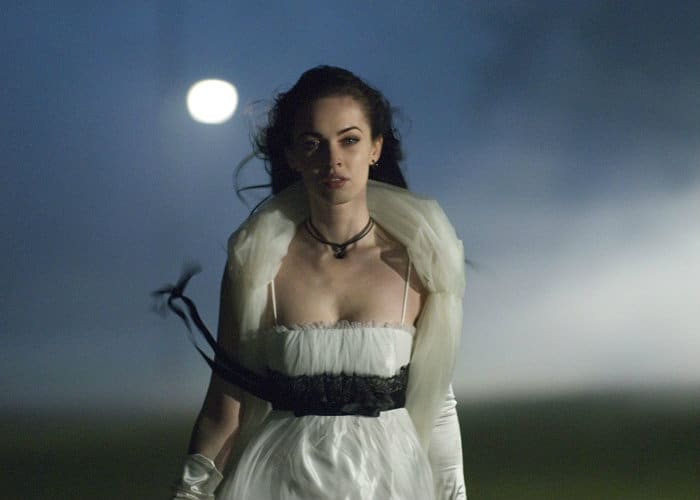
I’m sure we can blame, however unfairly, Megan Fox for the long curve horror audiences had to make to come around to Karyn Kusama’s Jennifer’s Body. But thankfully the rediscovery of Diablo Cody’s meshing of demonic possession horror and teen comedies has helped Karyn Kusama to become a household horror name. But it wouldn’t be until The Invitation that more audiences became accustomed to Kusama’s brand of character-driven horror. The Invitation was one of the pre-eminent “elevated horror” films that proved to audiences that the genre had far more to offer in the 21st century, and that’s a testament to Kusama and her writers’ work on this cultish slow burn; dread oozing from every frame. But most importantly, since she is working outside of the male gaze, her female characters feel energized and original. While horror has always been a women-centric genre, they have never been given as much agency as they do in her films; beginning with her debut feature Girlfight. And as we continue to see an uptick in diverse character-driven fright flicks, Kusama and her next film, Destroyer, will be ones to watch. – Jacob Trussell
5. Fede Alvarez
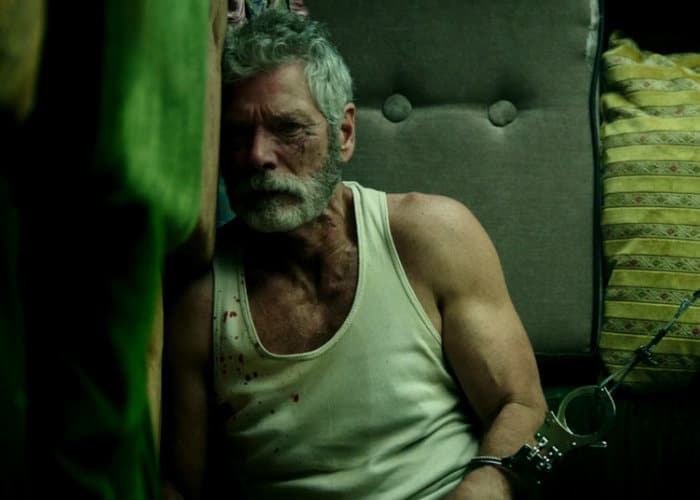
Sam Raimi’s Evil Dead is holy. The film is a DIY masterpiece. It inspired hundreds of wannabes to grab their friends, a camera, a vat of Karo syrup, and rush into the woods to make their own damn movie. The idea of a remake is as blasphemous as someone revamping Alfred Hitchcock’s Psycho. You just don’t do that, dude. Fede Alvarez don’t give no fucks. Given the opportunity to resurrect the Deadites for a contemporary audience, he knew that simple replication would not do. He is a filmmaker eager to take his audience to the very limits of their terror threshold. He’s not making jump-scare entertainments to goose a giggle from teenagers. Each frame should feel dangerous, and he took our nostalgia for one of the great horror treasures and spewed wretched gore upon it. Feel free to look, but you better do so through clenched fingers. Alvarez has applied that same level of vulnerability and menace to Don’t Breathe as well, and I’m sure his The Girl in the Spider’s Web will be immersed in human ugliness. He doesn’t craft good times out at the movies. When turkey basters are inserted into orifices, it’s hard to chow down on popcorn. Through his lens, horror should be and will remain horrific. – Brad Gullickson
4. Jaume Balagueró

Balagueró is best known for co-directing the [REC] series (alongside Paco Plaza) and with good reason. In addition to being a totally effective spook-fest in its own right, the series is, for my money, the genre gold standard as far as found-footage is concerned. Balagueró has explored cults with likes of The Nameless (1999) and Darkness (2002), dabbled in ghosts with 2005’s Fragile, and hit a home run with 2011’s Sleep Tight, a shrewdly executed psychological thriller firmly grounded in contemporary Spain. An instrumental contributor to the international popularization of Spanish horror cinema, Balagueró has earned his place in our hearts, and in our streaming queues. – Meg Shields
3. James Wan
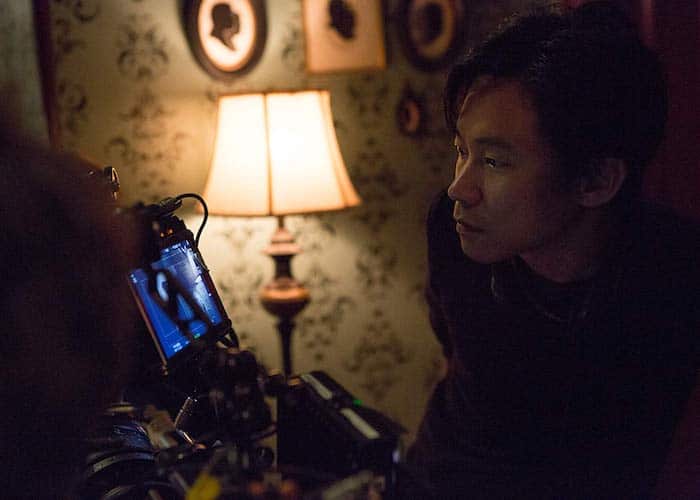
It’s hard to believe it’s been well over a decade since James Wan burst onto the scene with Saw. During this 14-year stretch Wan has gone on to direct 7 more features (so far), many of them already considered to be classics. While Wan is a certified master at his craft, capable of building suspense and scares around characters we actually care about, his impact stretches far beyond the films he himself has directed. He’s a modern day horror hit factory and a producer with real power. His films have spiraled off into multiple franchises that have allowed other young directors to get their foot in the door. Best of all? Wan appears to be just getting started. I can’t wait to see what the next 14 years bring. – Chris Coffel
2. Jeremy Saulnier
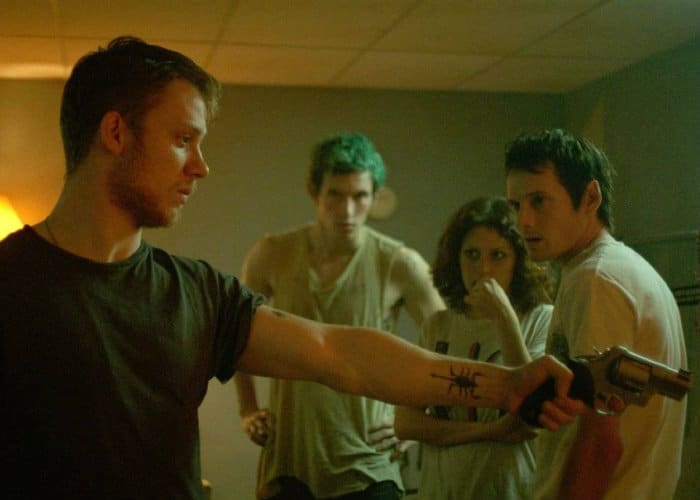
Jeremy Saulnier is a name you’re going to want to carve into your desk with a Bowie knife. Both for posterity and to ward off gate-keepers with rigid ideas about what is and isn’t within the genre. Saulnier’s filmography flirts across formats; that buys thrillers and survival films a drink but always keeps a foot firmly rooted in the horror section. Since his debut feature in the hilarious, Halloween-set Murder Party, Saulnier has followed up with Blue Ruin and Green Room; two savage, edge-of-your-seat twists on convention that put repellent violence and visual storytelling first. Holding court when it comes to pathos by way of stripped-down terror, Saulnier has taken up residency alongside the likes Straw Dogs, Deliverance, and Last House on the Left. Join us as we wait with baited breath (twiddling those Bowie knives) in anticipation of Saunier’s upcoming projects: two episodes of the third season of True Detective and the recent feature Hold the Dark, which is now on Netflix. – Meg Shields
1. Sean Byrne
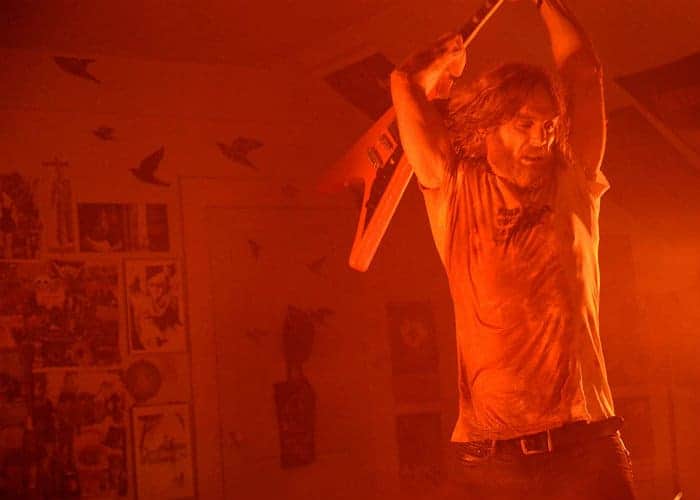
He may only have two feature films to his credit, but Sean Byrne makes sure each one delivers like bloody gangbusters with thrills, tension, and terror. Both The Loved Ones and The Devil’s Candy are incredibly intense experiences, but the most important common thread between them is Byrne’s ability to make us care so damn much about the characters. It’s an often overlooked element in horror films, and Byrne has already established himself a filmmaker capable of creating real, flesh and blood people… who he then puts through hell. The trauma hurts more when it’s happening to people we like, but the satisfaction of their survival is that much sweeter too. – Rob Hunter
Direct your attention towards more entries in our 31 Days of Horror Lists!
The post 10 Best Horror Directors of the 21st Century appeared first on Film School Rejects.

0 comments:
Post a Comment